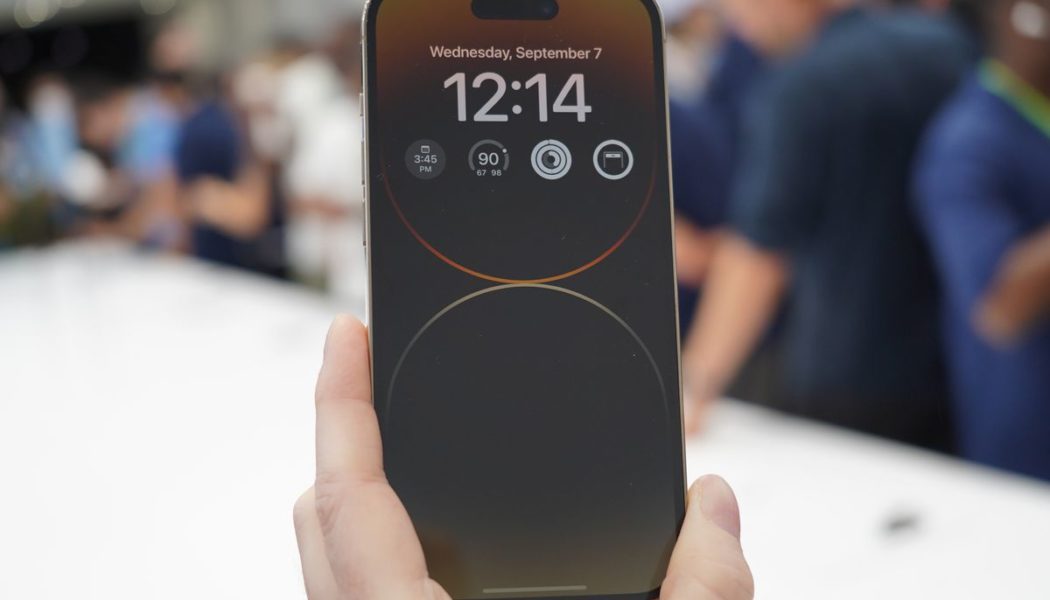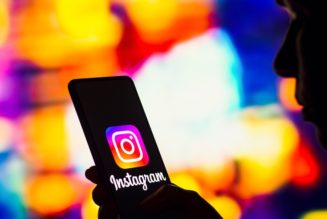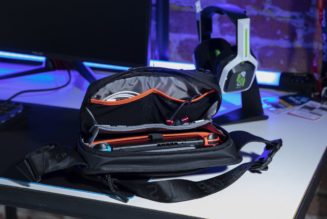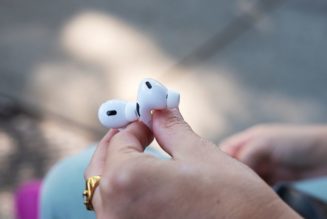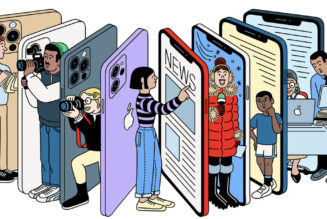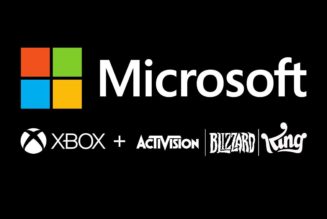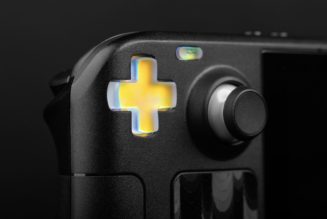Apple just wrapped up its Far Out event, giving us a glimpse at the new iPhone 14, three new Apple Watch models, and the next generation of AirPods Pro earbuds. But what about everything Apple didn’t announce?
Some rumors we’ve been hearing for the months leading up to the event just didn’t end up panning out, and some of our long-shot hopes were deflated along the way. Here’s everything that could still come in the future — or may have proven to be a bust.
The mixed-reality headset
Apple’s mixed-reality headset has become the elephant in the room at its events, with rumors about the device only getting more detailed. While there was no sign of the headset at the Far Out event, that wasn’t necessarily a surprise.
We aren’t expecting the headset until early next year, with Apple analyst Ming-Chi Kuo predicting it could hit the market in January 2023. It looks like Apple’s getting closer to launch, too, as Apple has filed for “Reality One” and “Reality Pro” trademarks that could hint at its branding.
The device is supposed to be a standalone headset powered by an M2 chip that’s capable of mixed-reality experiences and games. Apple’s board of directors reportedly got to try out the device earlier this year, and hopefully, we won’t have to wait much longer to see it for ourselves.
A $100 premium on the iPhone 14 Pro
:no_upscale()/cdn.vox-cdn.com/uploads/chorus_asset/file/24003079/DSC03682.JPG)
I think we can all breathe a sigh of relief on this one. Apple didn’t end up raising the prices of its Pro and Pro Max model, something Kuo said he expected back in August. Just like last year, the Pro will start at $999, while the Pro Max will start at $1,099.
Satellite calling and texting
Apple’s starry Far Out event branding made it seem like the company was preparing to launch some groundbreaking satellite-powered connectivity for the iPhone 14. It didn’t help that rumors about Apple’s plans to support satellite calling and messaging have been floating around for months now.
There was some substance to those rumors. Apple ended up announcing the ability to send SOS alerts to emergency services using satellite connectivity on the iPhone 14. This feature was rumored for the iPhone 13 last year, and it’s nice to see it finally come to fruition. With carriers like T-Mobile looking to dip into satellite-powered messaging, Apple could get in the game eventually, and these SOS alerts could be its first step.
(On a somewhat amusing side note, Huawei might’ve thought Apple was planning on revealing some crazy new satellite features, too, since it announced support for satellite texting on its Mate series devices the day before the event.)
A fever-detecting feature for the Watch Series 8
Previous rumors indicated that Apple would introduce a new fever-detecting feature to the Watch Series 8. And while Apple did add two new temperature sensors to its device, their main purpose is for fertility tracking.
:no_upscale()/cdn.vox-cdn.com/uploads/chorus_asset/file/24003290/DSCF9183.JPG)
The Watch Series 8 can take users’ temperature every five seconds and should detect changes as little as 0.1 degrees Celcius, helping users figure out when they last ovulated. Perhaps Apple could somehow expand on this feature in the future to provide alerts if you have a fever. It’s possible that its fever-detecting capability just didn’t pass internal testing, something Apple tracker Mark Gurman warned could hold back temperature sensing earlier this year.
A new iPhone Mini
Sorry small phone fans, but the iPhone 14 lineup doesn’t include a new Mini model. Apple’s latest iteration of the Mini (and perhaps its last) came out with the iPhone 13 last year. The device sports a smaller 5.4-inch display, and that might not be appealing to those who prefer a larger screen, but its compact size makes it ideal to pop into your pocket.
I’m not going to rule out another Mini entirely, though. Apple just brought back the Plus model of the iPhone for the first time since 2018. Perhaps if Apple sees demand for a smaller device in the future (perhaps as more people latch on to folding phones for their compactness), it’ll bring it back.
Lossless audio for the new AirPods Pro
What Apple CEO Tim Cook calls the “most advanced AirPods” still come with Bluetooth. While the second-gen AirPods Pro do come with some notable upgrades, including improved noise cancellation and spatial audio, they don’t come with the rumored lossless audio that was supposed to improve audio quality significantly.
:no_upscale()/cdn.vox-cdn.com/uploads/chorus_asset/file/24003014/DSCF9191.JPG)
Even if we didn’t get lossless audio this time around, at least Apple incorporated Bluetooth 5.3. This version of Bluetooth uses the new LC3 audio codec for a more efficient way to transmit audio, resulting in better audio.
A USB-C port for the iPhone
Okay, this one was a bit of a long shot, but we all can dream, right? With Europe (and even Brazil) putting pressure on Apple to ditch its proprietary Lightning port, we can expect Apple to introduce a USB-C port on its devices relatively soon. Apple’s reportedly testing iPhones with USB-C right now, but Kuo isn’t expecting it until the second half of 2023.
What’s up next
Apple isn’t done releasing new devices this year — the company’s expected to add to its Mac and iPad lineups at an event taking place this October.
There, we’ll likely see a new iPad Pro with an M2 chip, as well as an entry-level iPad with a refreshed design. On the Mac side of things, Apple’s rumored to announce three new Macs that come equipped with the M2 processor, including a Mac Mini, Mac Pro, and MacBook Pro. We’re also expecting Apple to launch iPadOS 16 and macOS Ventura around this time, too.
